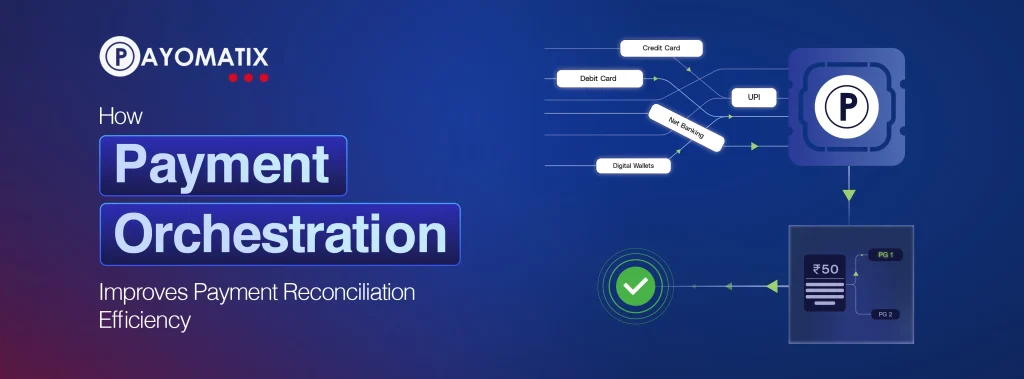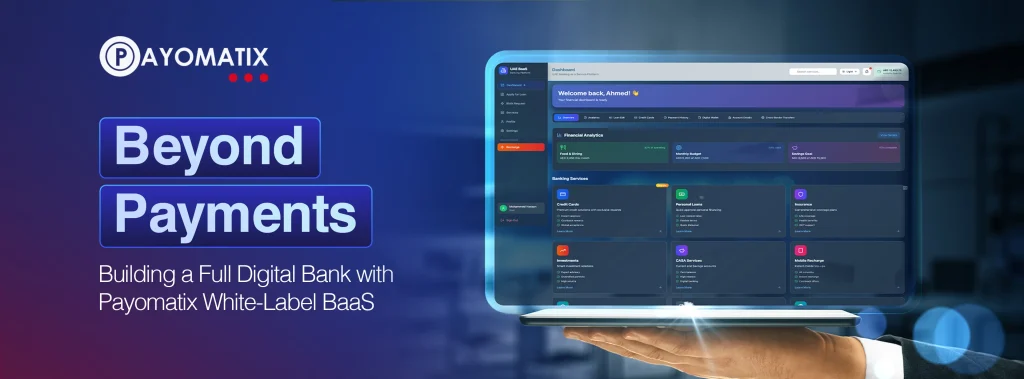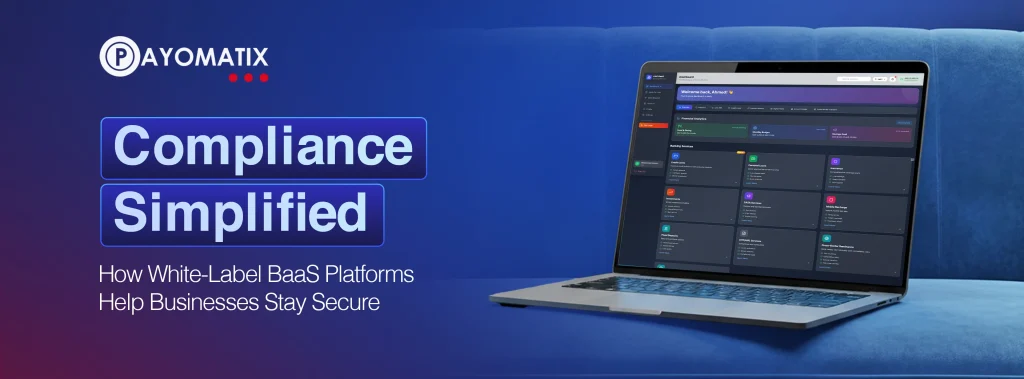Every click matters at checkout.
Especially the last one—the payment.
For merchants, it’s the final step that turns browsers into buyers. But it’s also where the most drop-offs happen. Cart abandonment at checkout can quietly bleed revenue, and one of the biggest culprits? Payment friction.
Enter: real-time payment processing. A silent hero behind smooth, successful transactions.
Let’s dive into how this technology directly impacts abandonment rates—and why merchants should care now more than ever.
The Checkout Abandonment Problem
Abandonment isn’t new, but it’s growing.
Studies show that up to 70% of online shopping carts are abandoned. While some of that is due to window shopping or price comparisons, a significant percentage comes down to:
- Slow payment processing
- Payment failures
- Limited payment options
- Security concerns
- Unexpected fees or delays
And here’s the kicker:
If a payment page takes more than a few seconds to load or process, nearly 1 in 5 users will bail.
What Is Real-Time Payment Processing?
Real-time payment (RTP) systems authorize, process, and settle payments within seconds—sometimes instantly.
Unlike traditional systems that may take hours (or days), RTP means the customer sees their payment succeed immediately, and the merchant gets confirmation on the spot.
This is achieved using:
- Faster payment networks
- Modern APIs
- Payment orchestration layers
- Local APM (Alternative Payment Method) integrations
Think of it as the difference between sending a text message vs. mailing a letter.
How It Helps Reduce Checkout Abandonment
Here’s how real-time processing directly improves the checkout experience and reduces drop-offs:
1. Speed = Trust
Instant feedback on payment status builds confidence.
No spinning wheels. No “pending” screens. Just quick, clear confirmation.
Faster checkout = happier customers.
2. Fewer Failed Transactions
Many failed payments result from outdated systems, slow authentication, or latency issues. Real-time processing minimizes these by:
- Verifying in milliseconds
- Automatically retrying with a backup route
- Flagging and fixing issues instantly
That means fewer declines—and fewer frustrated users who abandon after one try.
3. Localized Payment Experiences
Different countries = different preferences.
Real-time systems can integrate with local payment methods (like UPI in India, iDEAL in the Netherlands, or Pix in Brazil), reducing friction for international users.
By offering familiar, fast payment options, you dramatically reduce the chance they’ll back out.
4. Improved Fraud Detection Without the Hassle
Real-time systems often include built-in fraud protection using AI.
This means less manual review and fewer false positives—so good customers don’t get blocked.
Fewer disruptions = more completed checkouts.
5. Transparent, Upfront Costs
Slow systems often lead to surprise fees or FX charges at the final step.
Real-time platforms calculate everything instantly, keeping totals transparent and reducing last-minute shock that leads users to click “exit.”
Bonus: Real-Time Refunds = Repeat Buyers
While not part of the initial checkout, offering instant refunds (powered by the same RTP infrastructure) creates long-term trust.
Shoppers know that if anything goes wrong, they won’t be stuck waiting 7–10 days to get their money back.
That confidence? It boosts future conversion rates, too.
The Business Impact
Merchants that adopt real-time payment processing often see:
- Faster checkout times
- Lower cart abandonment rates (up to 25–30%)
- Higher authorization success
- More global reach through localized APMs
- Better customer experience overall
In short: it’s not just a payment feature. It’s a conversion engine.
Want to learn more about essential payment features beyond speed? Check out our guide to top payment gateway features every merchant should know.
Ready to Go Real-Time?
If you’re still relying on traditional payment infrastructure, you’re likely losing customers at the final step. Real-time payment processing isn’t just about speed, it’s about trust, reliability, and keeping users inside the checkout flow. Today’s customers expect instant everything.
Your payments should, too.





